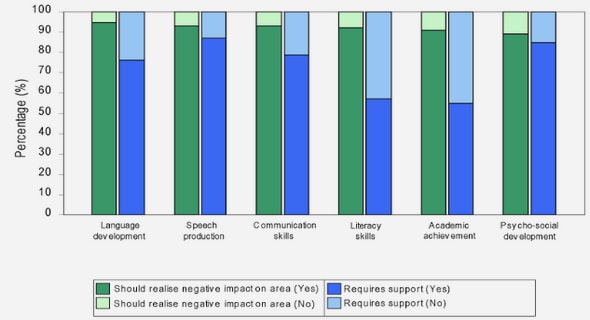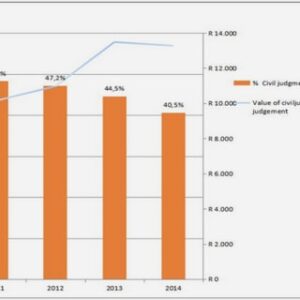(Downloads - 0)
For more info about our services contact : help@bestpfe.com
Table of contents
Chapter 1: literature review
1.1. Importance of cassava as a staple food in sub–Sahara Africa, with focus on East Africa
1.2. Whiteflies
1.3. Bemisia tabaci classification
1.5. Molecular tools used for molecular taxonomic issues
(a) Amplified fragment length polymorphism (AFLP)
(b) Restriction fragment length polymorphism (RFLP)
(c) Random amplified of polymorphic DNA (RAPD)
(d) Sequence characterized amplified regions (SCAR)
1.6. Other nuclear markers for population studies
(a) Microsatellite markers
(b) Restriction site associated DNA markers (RADseq)
1.7. Biology of B. tabaci
1.7.1. B. tabaci developmental stages
1.7.2. B. tabaci host plants utilization
1.8. Whitefly impact on agriculture
1.9. Bemisia tabaci distribution
1.9.1 Worldwide distribution of B. tabaci invasive species
1.9.2. B. tabaci distribution in sub–Sahara Africa
1.9.2.1. The cassava colonizing group
1.9.2.2. Non–cassava colonizing group
1.10.1. History of the CMD pandemic from the initial outbreak in 1920s
1.10.2. Factors driving the whitefly upsurges in East Africa, partly responsible of the spread of CMD
1.10.21. Biological factors
1.10.22. Abiotic factors (temperature and rainfall)
1.11. Study area: East Africa countries geography, demography, land use and agroecological zones
1.12. Study objectives
References used in the general introduction and literature review sections
Page left purposely
Chapter 2: What has changed in the outbreaking populations of the severe crop pest whitefly species in cassava in two decades?
Introduction
Material and methods
Results
Discussion
Acknowledgements
Supplementary information:
References
Chapter 3: B. tabaci species distribution in Tanzania and Uganda: their genetic diversity and structuring according to agroecological zones, host plant utilization and population dynamic
status
Introduction
Material and methods
Results
Discussion
Conclusion
Acknowledgements
Supplementary information
References
Chapter 4: The whitefly, Bemisia tabaci, species distribution and genetic diversity in Malawi
Introduction
Materials and methods
Results
Discussion and conclusion
Acknowledgements
Supplementary information accompanied this chapter
Chapter 5: General discussion
Conclusion and perspective
References




